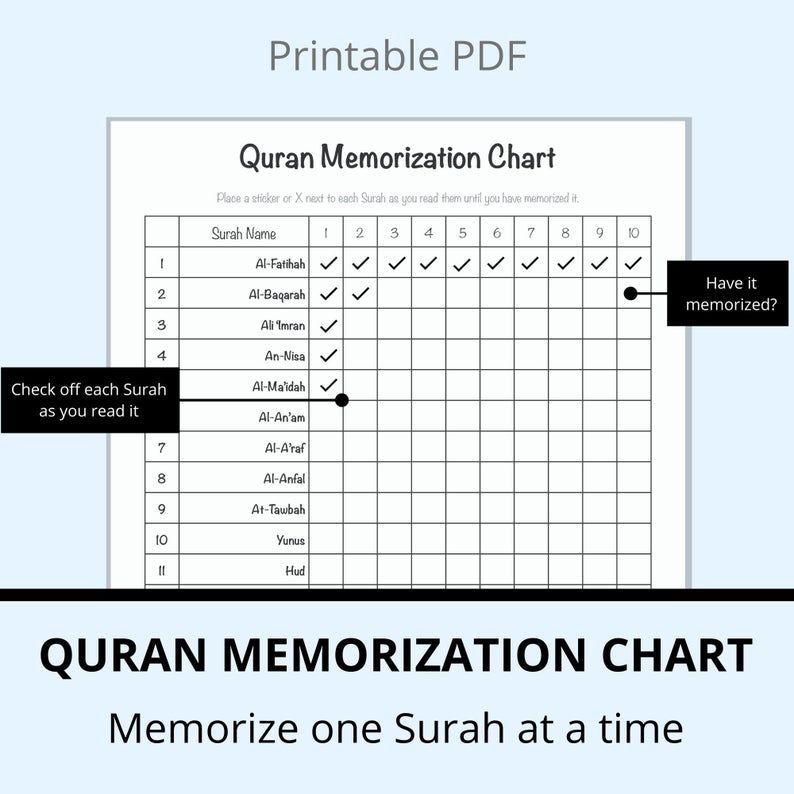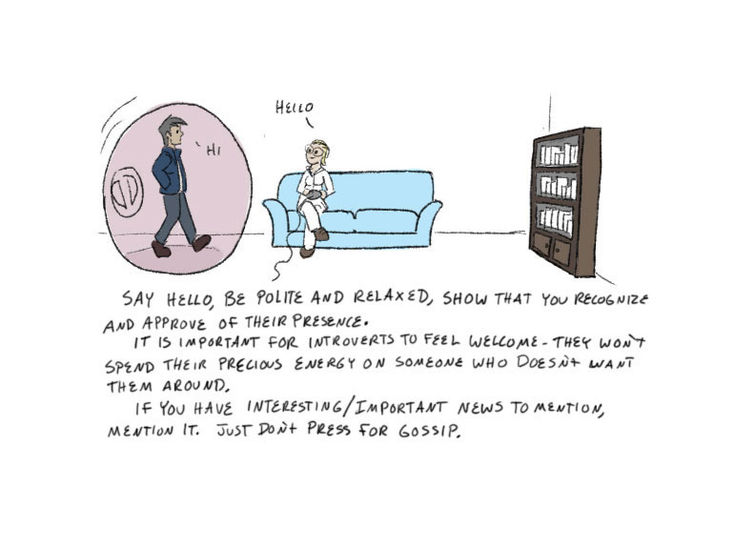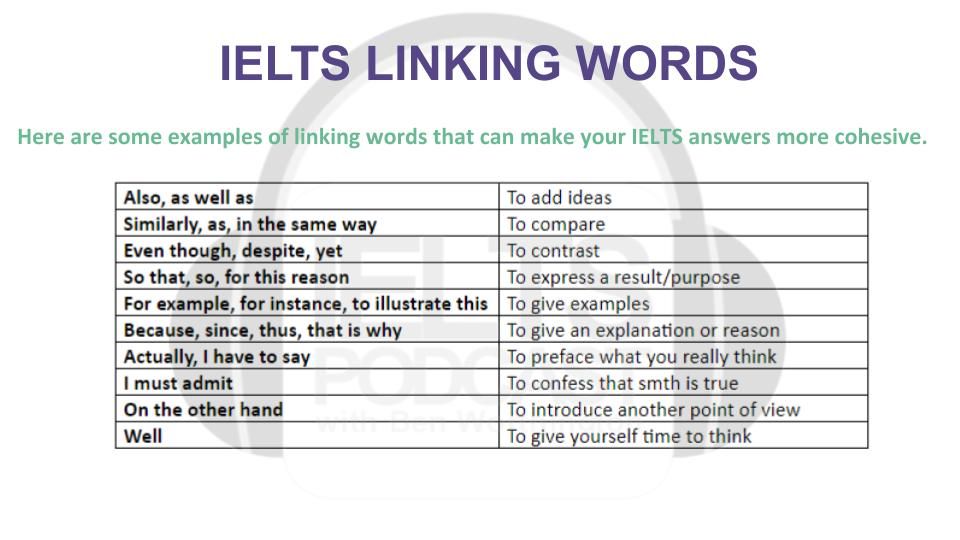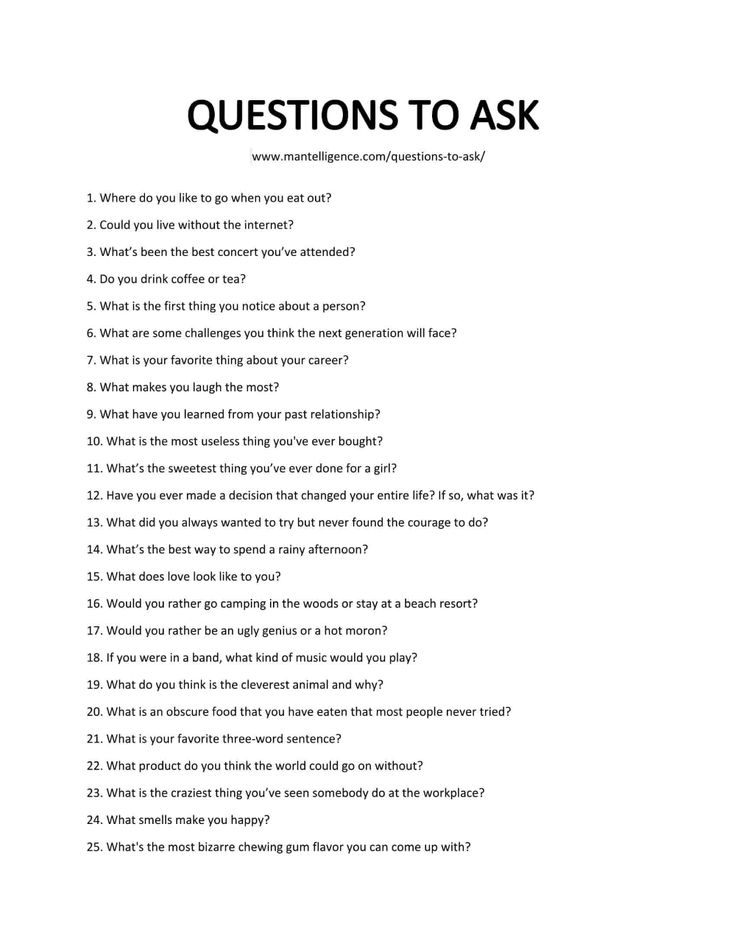Help with memorization
Memorization Strategies – Learning Center
Many college courses require you to memorize mass amounts of information. Memorizing for one class can be difficult, but it can be even more frustrating when you have multiple classes. Many students feel like they simply do not have strong memory skills. Fortunately, though, memorizing is not just for an elite group of people born with the right skills—anyone can train and develop their memorizing abilities.
Competitive memorizers claim that practicing visualization techniques and using memory tricks enable them to remember large chunks of information quickly. Research shows that students who use memory tricks perform better than those who do not. Memory tricks help you expand your working memory and access long term memory. These techniques can also enable you to remember some concepts for years or even for life. Finally, memory tricks like these lead to understanding and higher order thinking. Keep reading for an introduction to effective memorization techniques that will help you in school.
Simple memory tips and tricks
In addition to visual and spatial memory techniques, there are many others tricks you can use to help your brain remember information. Here are some simple tips to try. Check out this video from the Learning Center for a quick explanation of many of these tips.
Try to understand the information first. Information that is organized and makes sense to you is easier to memorize. If you find that you don’t understand the material, spend some time on understanding it before trying to memorize it.
Link it. Connect the information you are trying to memorize to something that you already know. Material in isolation is more difficult to remember than material that is connected to other concepts. If you cannot think of a way to connect the information to something you already know, make up a crazy connection. For example, say you are trying to memorize the fact that water at sea level boils at 212 degrees Fahrenheit, and 212 happens to be the first three digits of your best friend’s phone number. Link these two by imagining throwing your phone into a boiling ocean. It’s a crazy link, but it can help that fact to stick.
Link these two by imagining throwing your phone into a boiling ocean. It’s a crazy link, but it can help that fact to stick.
Sleep on it. Studies show that your brain processes and stores information while you sleep. Try to review information just before you go to sleep—even if it’s only for a few minutes—and see if it helps embed the information in your memory.
Self-test. Quiz yourself every so often by actively recalling the information you are trying to study. Make sure to actively quiz yourself—do not simply reread notes or a textbook. Often, students think they remember material just because it is familiar to them when they reread it. Instead, ask yourself questions and force yourself to remember it without looking at the answer or material. This will enable you to identify areas that you are struggling with; you can then go back to one of the memory tricks to help yourself memorize it. Also, avoid quizzing yourself immediately after trying to memorize something.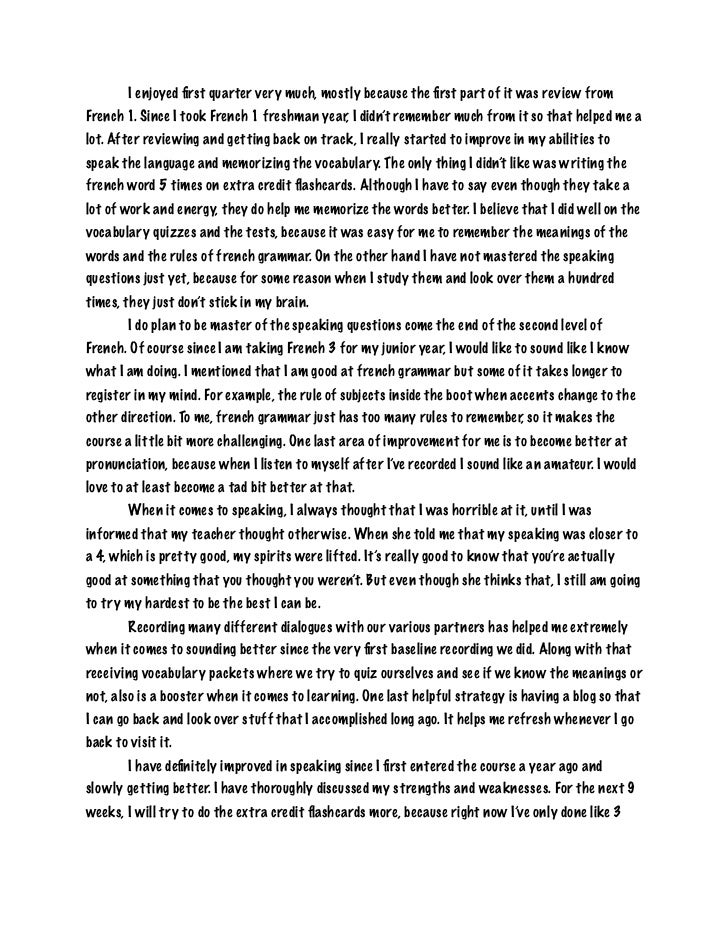 Wait a few hours, or even a day or two, to see if it has really stuck in your memory.
Wait a few hours, or even a day or two, to see if it has really stuck in your memory.
Use distributed practice. For a concept to move from your temporary working memory to your long-term memory, two things need to happen: the concept should be memorable and it should be repeated. Use repetition to firmly lodge information in your memory. Repetition techniques can involve things like flash cards, using the simple tips in this section, and self-testing. Space out your studying and repetition over several days, and start to increase the time in between each study session. Spacing it out and gradually extending the times in between can help us become more certain of mastery and lock the concepts into place.
Write it out. Writing appears to help us more deeply encode information that we’re trying to learn because there is a direct connection between our hand and our brain. Try writing your notes by hand during a lecture or rewriting and reorganizing notes or information by hand after a lecture.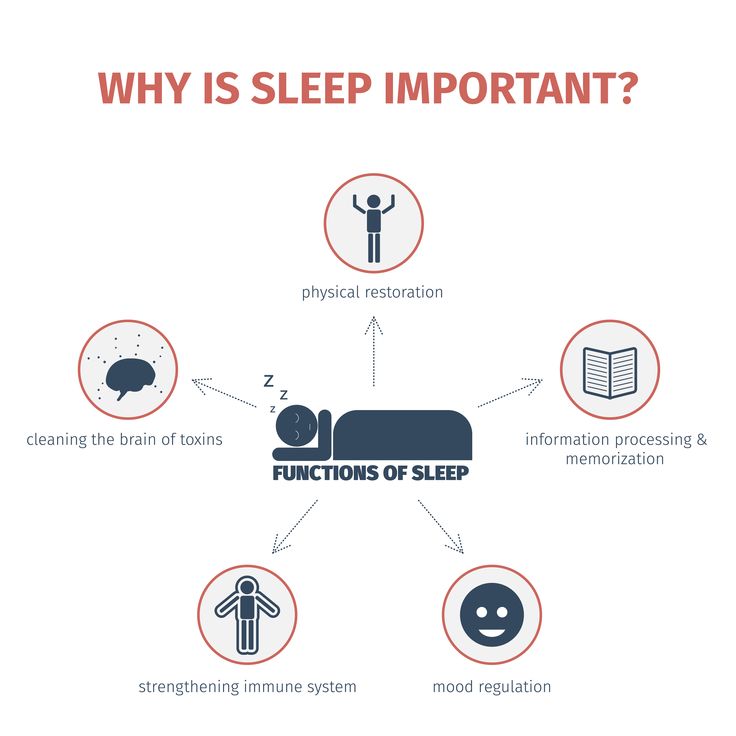 While you are writing out a concept you want to remember, try to say the information out loud and visualize the concept as well.
While you are writing out a concept you want to remember, try to say the information out loud and visualize the concept as well.
Create meaningful groups. A good strategy for memorizing is to create meaningful groups that simplify the material. For example, let’s say you wanted to remember the names of four plants—garlic, rose, hawthorn, and mustard. The first letters abbreviate to GRHM, so you can connect that with the image of a GRAHAM cracker. Now all you need to do is remember to picture a graham cracker, and the names of the plants will be easier to recall.
Use mnemonics. Mnemonics are systems and tricks that make information for memorable. One common type is when the first letter of each word in a sentence is also the first letter of each word in a list that needs to be memorized. For example, many children learned the order of operations in math by using the sentence Please Excuse My Dear Aunt Sally (parentheses, exponents, multiply, divide, add, subtract).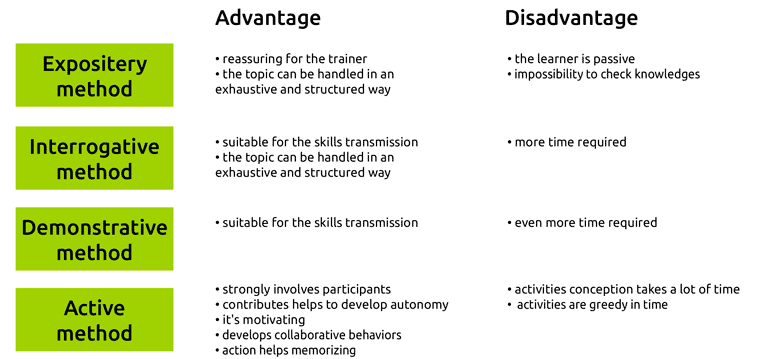 Check out Wikipedia for a good list of examples and ideas.
Check out Wikipedia for a good list of examples and ideas.
Talk to yourself. It may seem strange at first, but talking to yourself about the material you are trying to memorize can be an effective memory tool. Try speaking aloud instead of simply highlighting or rereading information.
Exercise! Seriously! Studies show that exercise can improve our memory and learning capabilities because it helps create neurons in areas that relate to memory. Cardio and resistance training (weights) both have powerful effects, so do what works best for you.
Practice interleaving. Interleaving is the idea of mixing or alternating skills or concepts that you want to memorize. For example, spend some time memorizing vocabulary words for your science class and then immediately switch to studying historical dates and names for your history class. Follow that up with practicing a few math problems, and then jump back to the science definitions.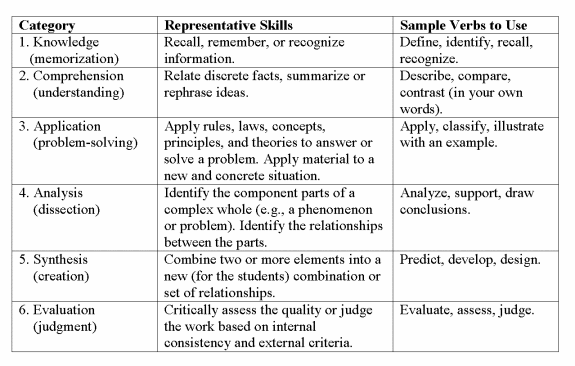 This method may seem confusing at first, but yields better results in the end than simply spending long periods of time on the same concept. Check out this video for more explanation on interleaving and other similar strategies.
This method may seem confusing at first, but yields better results in the end than simply spending long periods of time on the same concept. Check out this video for more explanation on interleaving and other similar strategies.
Visual and spatial techniques
Visual and spatial techniques are memory tricks that involve your five senses. They utilize images, songs, feelings, and our bodies to help information stick. Humans have outstanding visual and spatial memory systems. When you use visual and spatial memory techniques, you use fun, memorable, and creative approaches rather than boring, rote memorization. This makes it easier to see, feel, or hear the things you want to remember. Visual and spatial techniques also free up your working memory. When you group things together, you enhance your long-term memory. Using visual and spatial techniques helps your mind focus and pay attention when your mind would rather wander to something else. They help you make what you learn meaningful, memorable, and fun.
The common practice of using your knuckles to remember the number of days in each month is a great example of an easy visual spatial technique to help you remember details.
Memorable visual images. The next time you have a key item you need to remember, try making a memorable visual image to represent that item. Images are important because they connect directly to your brain’s visuospatial centers. Images help you remember difficult concepts by tapping into visual areas. But you don’t just have to use images—the more of the five senses you can use, the easier it will be for you to recall information. Rather than just visualizing an image, try to smell, feel, and hear the image as well. For example, if you are trying to remember that the capital of Louisiana is Baton Rouge, draw up an image of a girl named Louise carrying a red baton.
The memory palace technique. This technique involves visualizing a familiar place—like the layout of your house or dorm room—and using it as a visual space where you can deposit concept-images that you want to remember. This technique can help with remembering unrelated items, like a grocery list. To use the memory palace technique, visualize your place (house or dorm room) and then imagine items from your grocery list in different areas around the place. For example, picture a cracked egg dripping off the edge of the table or a bushel of apples sitting on the couch. This technique can take some time to get used to, but once you do, the quicker and more effective it becomes. This Ted Talk explains memory palaces more.
This technique can help with remembering unrelated items, like a grocery list. To use the memory palace technique, visualize your place (house or dorm room) and then imagine items from your grocery list in different areas around the place. For example, picture a cracked egg dripping off the edge of the table or a bushel of apples sitting on the couch. This technique can take some time to get used to, but once you do, the quicker and more effective it becomes. This Ted Talk explains memory palaces more.
Songs and jingles. Much like the memory palace and images, songs or jingles use your brain’s right hemisphere and can help us remember tricky things like equations and lists. There are already plenty of songs out there for things like the quadratic formula—try Googling what you are trying to remember to see if someone has already created a tune. If not, try making your own.
The five senses. Using as many of the five senses as possible when studying helps you use more parts of your brain and retain information better. For example, if studying for an anatomy exam, pick up the anatomy models, feel each part, and say the names of them out loud.
For example, if studying for an anatomy exam, pick up the anatomy models, feel each part, and say the names of them out loud.
Lively visual metaphors or analogies. This can help you to not only remember but understand concepts, especially in math and science. A metaphor is a way of realizing that one thing is somehow similar to another. For example, think about the country of Syria as shaped like a bowl of cereal and the country Jordan as a Nike Air Jordan sneaker. Metaphors—especially visual ones—can stick with you for years. They help glue ideas in your mind because they make connections to neural structures that are already there.
Final thoughts
Some of these techniques can feel strange at first or take some time to develop. The more you practice them, the easier and more natural they become, and the more information you can commit to memory. Also, remember that you do not need to do every tip on this list. Experiment with a few and find which ones work for you.
Remember that you can make an appointment with an academic coach to discuss memory techniques, create a study plan, or talk through any other academic issue.
Check out some of the Learning Center’s resources on other effective study strategies:
- Study Smarter, Not Harder
- How to Succeed Academically at Carolina
- Metacognitive Study Strategies
- Strategic Test Prep
Works consulted
Brown, P., Roediger, H., and McDaniel, M. (2014). Make it stick. Massachusetts: The Belknap Press of Harvard University Press.
Foer, J. (2011). Moonwalking with Einstein: The art and science of remembering everything. New York: The Penguin Group.
Oakley, B. (2014). A Mind For Numbers: How to Excel at Math and Science (Even If You Flunked Algebra). New York: Penguin Group.
Robinson, A. (1993). What Smart Students Know. New York: Three Rivers Press.
This work is licensed under a Creative Commons Attribution-NonCommercial-NoDerivs 4.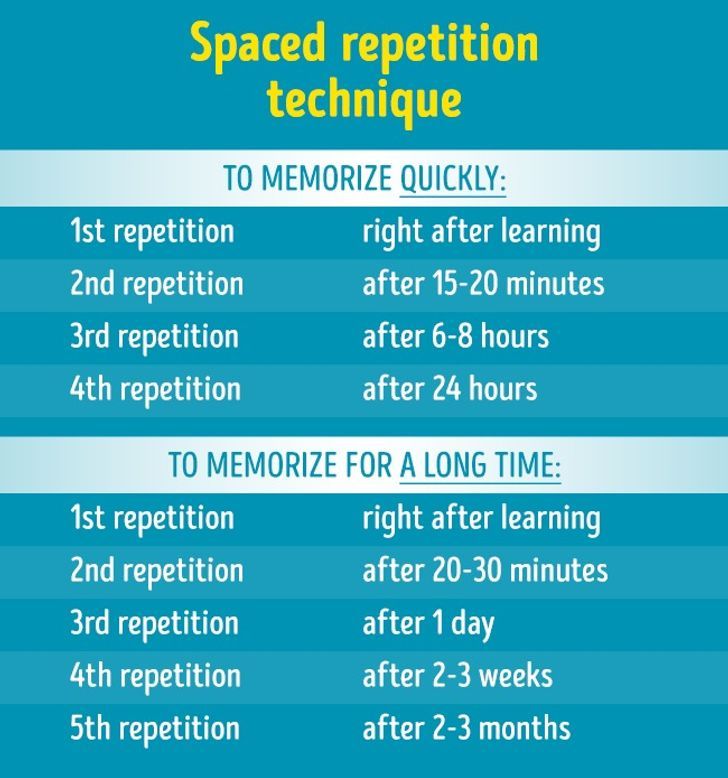 0 License.
0 License.
You may reproduce it for non-commercial use if you use the entire handout and attribute the source: The Learning Center, University of North Carolina at Chapel Hill
If you enjoy using our handouts, we appreciate contributions of acknowledgement.
Make a Gift
Study tips: Top 5 memorization techniques - Dal News
Julia Manoukian with Jessica Chubb (Studying for Success coordinator) - November 20, 2013
Ah, exam time. Everyone's favourite time to hit the books. (Danny Abriel photo)
With the end of classes in a couple of weeks, it’s important to brush up on your study skills so you can write your exams feeling prepared and confident.
Before you can start some serious studying, you need to concentrate. Minimize or eliminate as many distractions as possible, including both internal (daydreaming or composing mental to-do lists) and external distractions (friends, roommates, noise, cell phones and social media) in order to fully focus on the task at hand.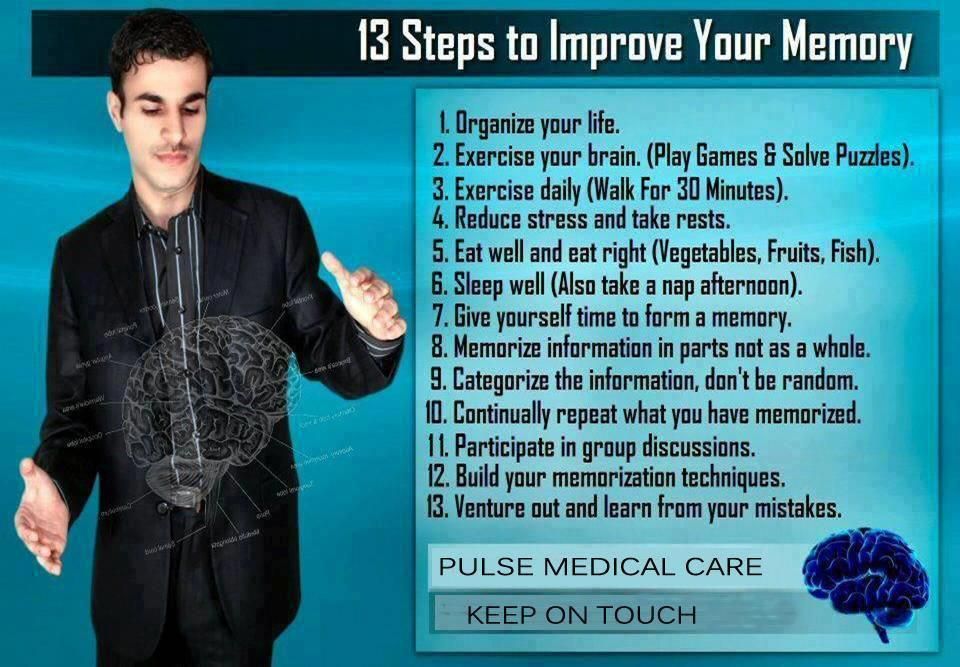
Related: Check out some more study tips.
If you’re having trouble minimizing distractions, use the checkmark system. Each time you lose concentration, make a check on a scorecard you keep on your desk. Count the number of checks at the end of your study session. Set a goal each time you study to reduce the number of checkmarks.
It’s only once you have an appropriate study space and a focused mind you can start memorizing your information. Try these five techniques:
- Assign meaningfulness to things. Elaborate on what you’re learning and apply the knowledge to something important to you: an example your prof used, something you saw in a documentary, or an everyday experience. You probably don’t remember what you wore last Friday, but you can remember what you wore to prom. New information is most strongly encoded when you relate it to information you already know, and encoding is deepest when you assign meaning to new information. The more logical connections you can make to the new information, the stronger the memory.

- Learn general and specific later. This method helps with retrieval: if you know a piece of information falls within a broader category, it’s easier to access.
- Recite out loud in your own words until you don’t need to refer to your notes.
- Teach someone else. Teaching the information to someone else is one of the best ways to learn. If you don’t have a willing listener like a parent or a friend, you can teach the wall (best done behind closed doors!).
- Use memory devices. There are many different devices you can use to help memorize information, including:
Acrostics e.g. “My Very Excellent Mother Just Served Us Nachos” (planets)
Chunking: remember larger numbers in smaller chunks.
Method of Loci: visualize a familiar place and associate objects to it.
Flash cards: good for specific facts. Shuffle cards and recite out loud. Put a question on one side, the answer on the other.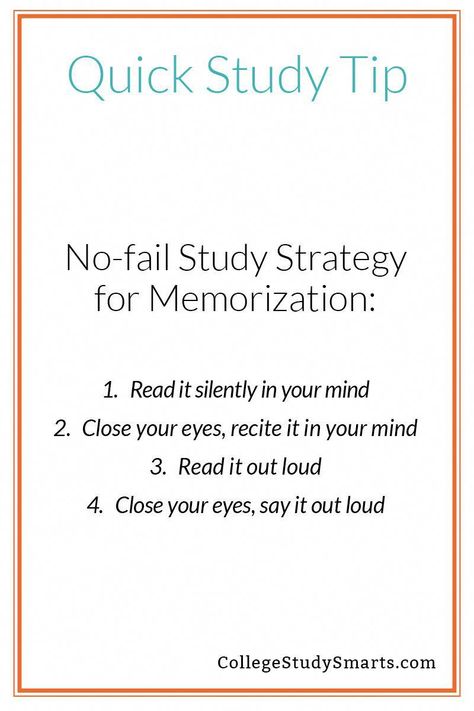
Additional Tip
Practice questions. Whether they’re already in your textbook or you have to make them up yourself, try to do as many as possible. Rather than just reciting information, questions ask you to apply your knowledge, ensuring you actually understand the information.
Everyone has a different approach, so find out what method or combination works best for you!
HELP WITH THE ANSWER, I DO NOT GREET THE POINTS How our thinking and memory are connected with feelings, attitudes and
apply the autonomous thought of those meanings
Why a person can be provoked
Help with developmental psychology. Task 1. You need to fill in the table: Give examples of known tests of each type. Types of tests: - Intelligence Tests Use … are used to identify the mental development of a person; - Tests of Special abilities - to assess a person's capabilities in mastering knowledge, skills and abilities in a certain field of activity; - Achievement tests - to assess the level of mastery of basic knowledge and skills; - Projective tests - To study various personal characteristics by projecting the results of his activities on the characteristics of consciousness (drawing, color and constructive tests) - Personality tests - To measure the emotional, motivational, interpersonal and behavioral characteristics of the personality.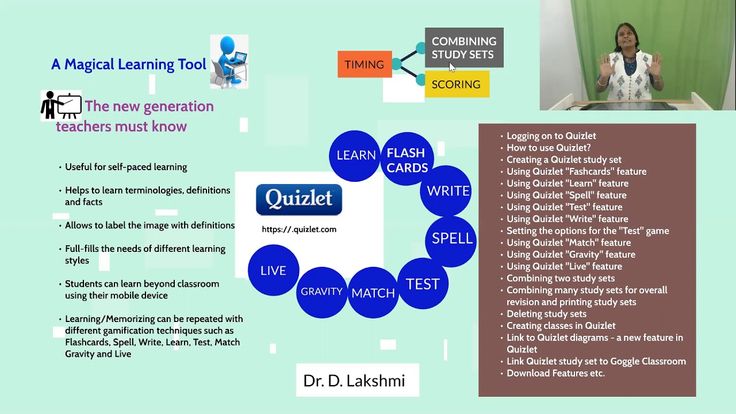 . Petya (6 years old) drew the following picture: in the center of the sheet there is a large TV, next to it is an armchair in which a large dad sits with big hands and a cigarette, closer to the edge of the sheet The boy drew a small figure - this is Vasya's younger brother. In the upper corner is a small, brightly colored figure of mother with a large frying pan in her hands. The researcher asked Petya: "Why didn't you draw yourself?" “But I didn’t fit,” the boy replied. Is it possible to judge the mental state of a child by children's drawings? Is it possible to draw a conclusion about the microclimate in the boy's family from Petya's drawing?
. Petya (6 years old) drew the following picture: in the center of the sheet there is a large TV, next to it is an armchair in which a large dad sits with big hands and a cigarette, closer to the edge of the sheet The boy drew a small figure - this is Vasya's younger brother. In the upper corner is a small, brightly colored figure of mother with a large frying pan in her hands. The researcher asked Petya: "Why didn't you draw yourself?" “But I didn’t fit,” the boy replied. Is it possible to judge the mental state of a child by children's drawings? Is it possible to draw a conclusion about the microclimate in the boy's family from Petya's drawing?
Help with developmental psychology! 1 task: You need to compare the stages of mental development of Z. Fred and E. Erickson, and you need to fill in the table: B … age boundaries; The stage of psychosexual development of Z. Freud; The stage of psychosocial development of E. Erickson; Forming personal properties according to the theory of Z.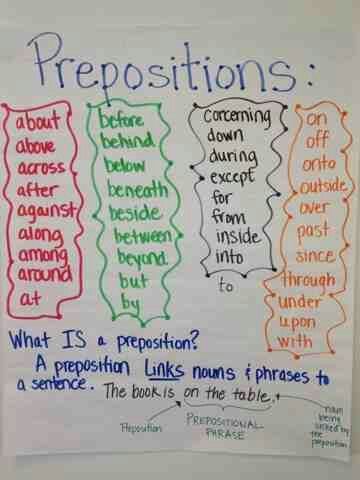 Freud; Forming personal properties according to the theory of E. Erickson; General characteristics of the stage. 2 task: Task: Students during pedagogical practice in kindergarten had to explore the interests of older preschool children using the conversation method. Analyze the questions of the first and second students. The first student asked the following questions: what are you interested in? (The child is embarrassedly silent.) Do you like cars? ("Yes, they do.") Do you like to draw? ("Yes, I like it.") Do you like designing? (“Yes.”) Etc. The second student structured the conversation like this: tell me what toys you have at home. ("Cars, planes...") What are your favorites? (“Cars.) Do you like cars? (“Yes”) How do you play with them? (I see, I’m building a garage ... I’m building a street for cars .. I’m making a bridge, ......) Do you often play? ("Always") What do you draw most often? (Cars, roads...) And if your cars break down, what will you do with them? .)
Freud; Forming personal properties according to the theory of E. Erickson; General characteristics of the stage. 2 task: Task: Students during pedagogical practice in kindergarten had to explore the interests of older preschool children using the conversation method. Analyze the questions of the first and second students. The first student asked the following questions: what are you interested in? (The child is embarrassedly silent.) Do you like cars? ("Yes, they do.") Do you like to draw? ("Yes, I like it.") Do you like designing? (“Yes.”) Etc. The second student structured the conversation like this: tell me what toys you have at home. ("Cars, planes...") What are your favorites? (“Cars.) Do you like cars? (“Yes”) How do you play with them? (I see, I’m building a garage ... I’m building a street for cars .. I’m making a bridge, ......) Do you often play? ("Always") What do you draw most often? (Cars, roads...) And if your cars break down, what will you do with them? .)
Mood, affect, passion, stress, frustration Up to which category - mood, affect, predilection, stress, become frustrated, lean emotions … other manifestations described in the skin butt? a the task is to say that in a new marvelous camp: vіn mustache forgetting. B. The teaching of the 6th class teaches that if you are already nervous, then you will begin to be rude to everyone. Lying hoarse Yogo so that you want to squish on others. Through tse blame welding, beaters and vsilyaks incomprehensible. Pіznіshe vіn shkoduє about those that happened, and repent. V. At the beginning of the hour, the parachute of the newcomers did not know the strength to leave the board of the aircraft. Fear and praise do not overwhelm them, if the shovkovy dome of the parachute curves over them, the stink spend the building to take a breath and can’t create a well-thought-out act. Somewhere like this it is impossible to podolat and bring up the thought of haircuts.
B. The teaching of the 6th class teaches that if you are already nervous, then you will begin to be rude to everyone. Lying hoarse Yogo so that you want to squish on others. Through tse blame welding, beaters and vsilyaks incomprehensible. Pіznіshe vіn shkoduє about those that happened, and repent. V. At the beginning of the hour, the parachute of the newcomers did not know the strength to leave the board of the aircraft. Fear and praise do not overwhelm them, if the shovkovy dome of the parachute curves over them, the stink spend the building to take a breath and can’t create a well-thought-out act. Somewhere like this it is impossible to podolat and bring up the thought of haircuts.
5 easy ways to memorize English words for kids
When learning a foreign language, one of the most important steps at any level is memorizing new words. During the period of information “turbulence”, keeping information in your head, also in a foreign language, is a whole quest. Let's figure out what are effective methods for easy vocabulary replenishment.
Method #1. Remembering words in context
The era of notebooks in three columns, where we wrote out the word in English, next to the transcription and translation, has long passed. The cramming method turned out to be tedious, boring and ineffective.
In order for the process of memorizing new words to proceed naturally, you need to memorize the context in which you encountered this word. Help your students to create it: it is desirable that the phrases and sentences are "real" for his life. For example, you need to work out the word " application " (application / application). It is better to memorize it immediately in the phrase " application form " and make sentences in which the word can meet your student:
Please fill out this application - Please fill out this application
My application was lost in the post - My application was lost in the post
Method #2 Make picture cards
This method uses our visual abilities and also creates some associative links. It is desirable that the pictures are bright, funny or unexpected. In the lessons with young children, you can draw. This is a great help not only to learn words for kids, but also to keep their attention in English and facilitate the learning process.
It is desirable that the pictures are bright, funny or unexpected. In the lessons with young children, you can draw. This is a great help not only to learn words for kids, but also to keep their attention in English and facilitate the learning process.
For classes with adults, it is effective to use ready-made vocabulary cards. Most foreign language learning apps work on this principle: the student sees a picture and must name the word that is hidden behind the picture. A great trainer for repeating new words.
Method #3. Learn root words
Let's go back to our word " application ". In order to find possible cognates, you can look in the dictionary. An excellent resource to recommend to your students WordHunt . One root is given to our word - “ misapplication ”, which means “misuse”, “abuse”.
Here you can apply the method of associations. For example, extract the part " app " from the word " application " in the meaning of "application".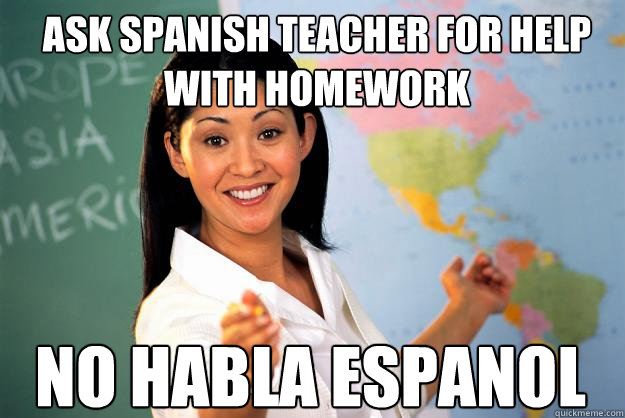 The word is very easy to remember from the famous AppStore . We find several words starting with this syllable:
The word is very easy to remember from the famous AppStore . We find several words starting with this syllable:
- appal - terrify, frighten, terrify, shock
- apply - - apply, relate, use, apply, apply, touch, apply
- appeal - appeal, appeal, appeal, call, apply, appeal, appeal Write stories or keep a diary
The principle of memorization is the same as in the first method. Our goal is not just to learn the translation, but also to know how to apply the new word. Help your students to bring vocabulary from passive to active:
- ask them to make a sentence with new words;
- combine these sentences into one story;
- Arrange a cross-interview using new vocabulary in questions/answers;
- ask to write an essay on a current topic, choosing for it the top 20 new words to be used;
- encourage you to start keeping a personal diary, blog or write posts on Instagram in English;
The more often your student uses new words in colloquial speech, the more firmly they will become part of his vocabulary and become part of his daily vocabulary.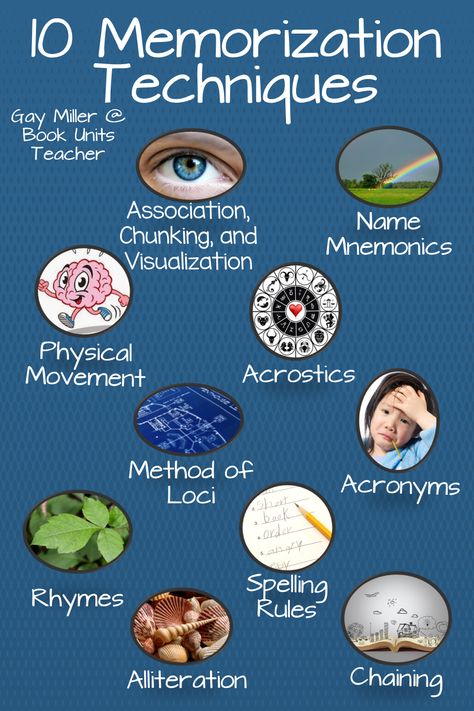 It is unlikely that any of us are able to forget the words that we learned in childhood, like school, homework, teacher and so on.
It is unlikely that any of us are able to forget the words that we learned in childhood, like school, homework, teacher and so on.
Method #5. Playing games
Both children and adults love to play, so this is a very effective way to memorize words.
- "Alphabet Shooting Range" - the words are written on the cards, which the children must hit with the ball.
- Another cool game of " Odd one out " where students see lists of words filled with extra words they need to find. For example: cheese, coffee, hungry, soup, sausage; grey, nose, hair, ear, foot.
Quiz is a favorite game for both children and adults. A great way to repeat any vocabulary and topic. You can play it both online and offline, both in a group and individually with a student. You need to draw a table: at the top, indicate a list of topics where the words are taken from, below them - the cost of each question in points. Questions can be written as diverse as possible: translation from Russian, understanding a word from a definition, translation of sentences or addition of idioms.